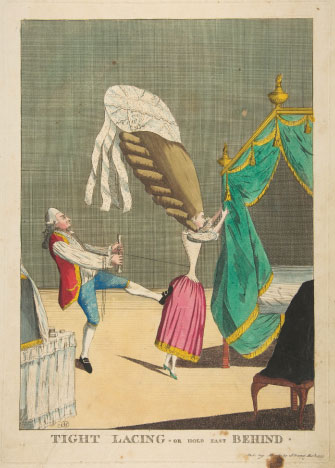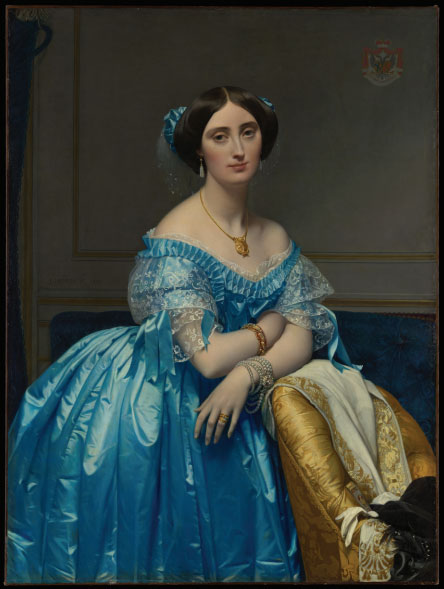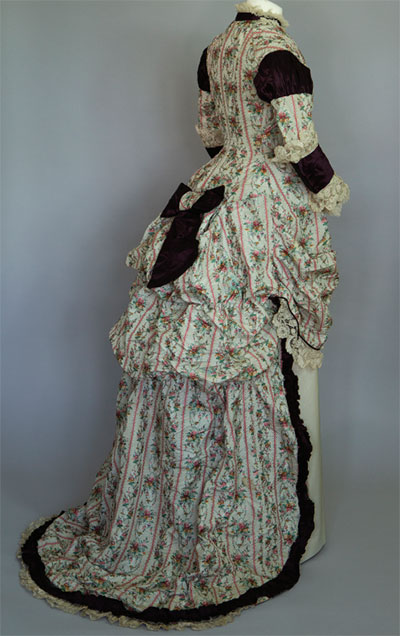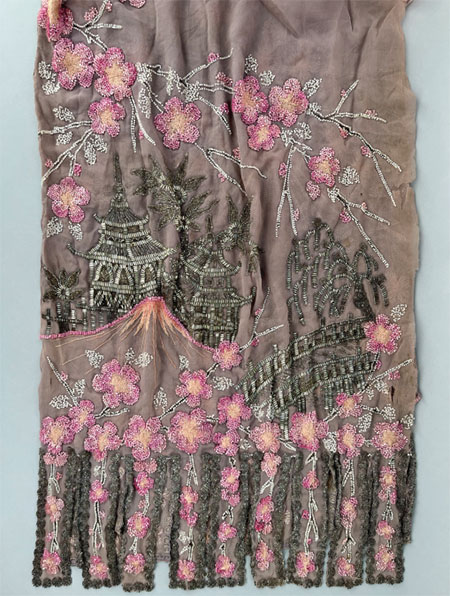Cartoons Caricatures and cartoons, although intentionally extreme with exaggerated poses and styles of dress, draw attention to how the body could be distorted by the controversial fashion trends at the time they were drawn. In the eighteenth century they highlighted the perils and dangers of wearing tightly laced corsets, satirizing the lengths to which women…
Category: Fashion and Women’s Clothing and Dress
All posts about Womens fashion, clothing, dresses, shorts and so on.
Date – Interpret and Display Historic Dress
In order to present a garment convincingly on a display figure it is essential to know when it was made. Understanding how to use a wide variety of sources will help you to arrive at a date or date range, in order to establish the silhouette appropriate for the time. Since dress historians and curators…
Assessing the Condition of a Garment – Interpret and Display Historic Dress
Dress and textiles are amongst the most delicate and ephemeral objects in museum collections and need careful handling. The frst process when preparing any garment for display should always be a detailed assessment of its condition. It is essential to establish the fragility of the garment, the weakness of its fabrics and the strength of…
Introduction – Interpret And Display Historic Dress
This book has evolved over several years of working closely with a wide range of public and private collections of clothing and uses my skills as a fashion designer and textile conservator to fnd convincing and innovative ways of displaying dress and textiles. Three-dimensional displays of garments intended to be worn in a particular manner…
Clothing the individual, household, and family Part 4
Joan Mellish also ‘laid out’ money for Molly Harvey’s clothing on behalf of her son. In 1708 she described purchases of ‘Pladd for the Childrens Coats’, ‘scotscloth for [Molly] Harvey Handk’, and ‘Black Shallou[n] and ferret Ribband’ for a petticoat for Molly Harvey, which John Harvey paid her for later that year. 77 ‘Proxy shopping’,…
Clothing the individual, household, and family Part 3
Another key difference between the accounts of Sarah Mellish and those of Dorothy Chambers is that Mellish’s expenditure was overwhelmingly dedicated to her own clothing, while Chambers frequently spent more money on clothing for other people in her family and household. She usually noted for whom a payment had been made, often using her children’s…
Clothing the individual, household, and family Part 2
On average, Sarah Mellish’s account book suggests that she usually spent between a quarter and a half of her yearly expenditure on clothing (Table 1). This expenditure fluctuated yearly, and according to how much she had spent in total. Purchases of mourning dress in 1710 and 1714 reflected an expensive investment, while unusually high expenditure…
Clothing the individual, household, and family
As we have seen, the household as a unit of accounting has received the most attention from scholars who usually focus on married or widowed women. Though some studies have tackled the domestic consumption of unmarried women, their relationship to the household remains underexplored. 42 As Tanya Evans points out, widows and single women need…
Intro Part 2 – Accounting for the Wardrobe
This focus on the household is partly the result of eighteenth-century advice manuals which often stated that women needed only a rudimentary working knowledge of accounting in order to manage household resources effectively when they married. 22 As John Richard Edwards has shown, by the eighteenth century commercial accounting was gendered as exclusively male by…
Intro – Accounting for the Wardrobe
This chapter continues to focus on detailed description by exploring the act of accounting, looking at individual, family, and household expenditure. Chapter 3 considers accounting in an institutional context. Looking across the accounts kept by seven women spanning 1705 to 1803, this chapter first considers how women’s clothing appears in and across their account books…



